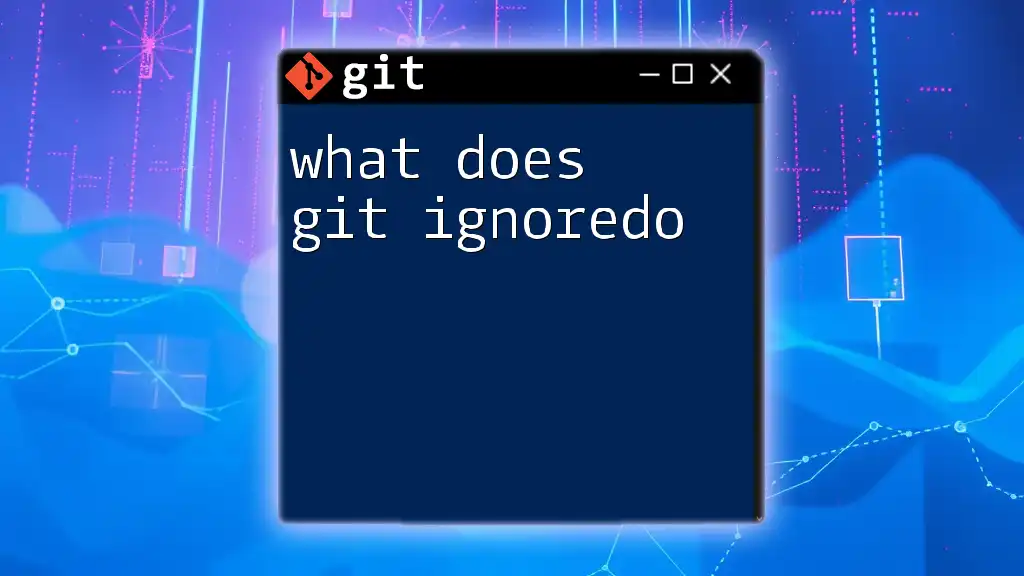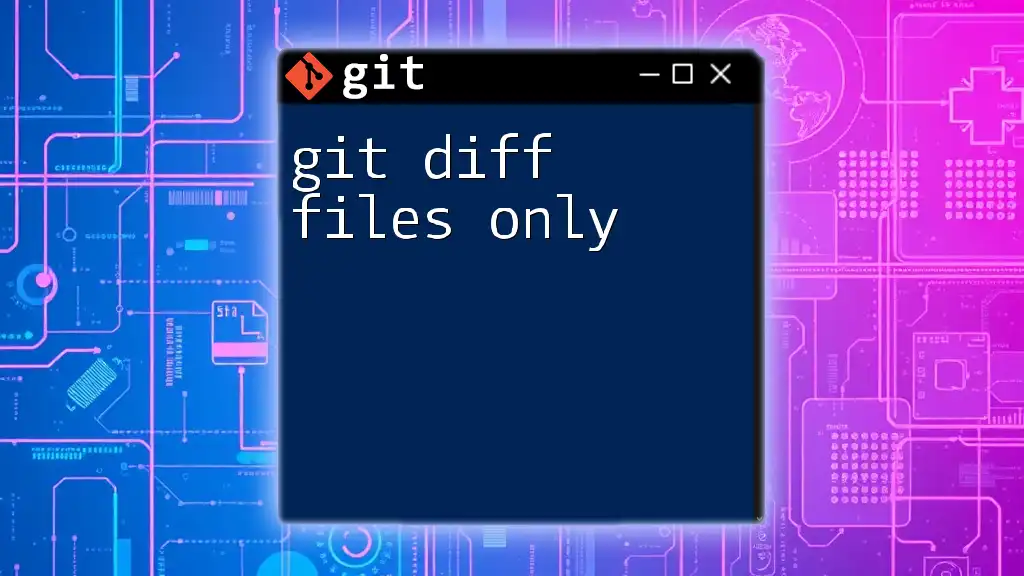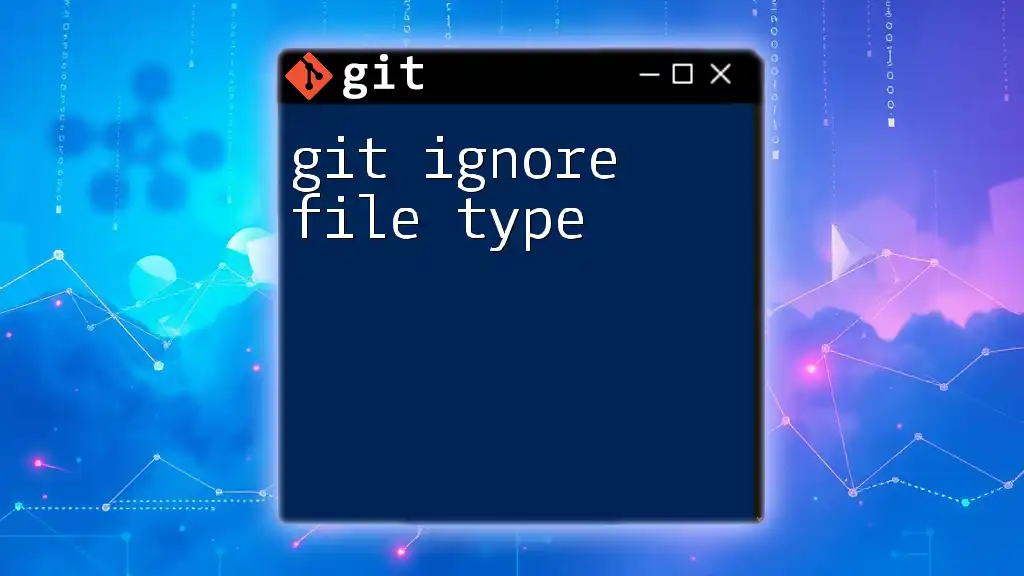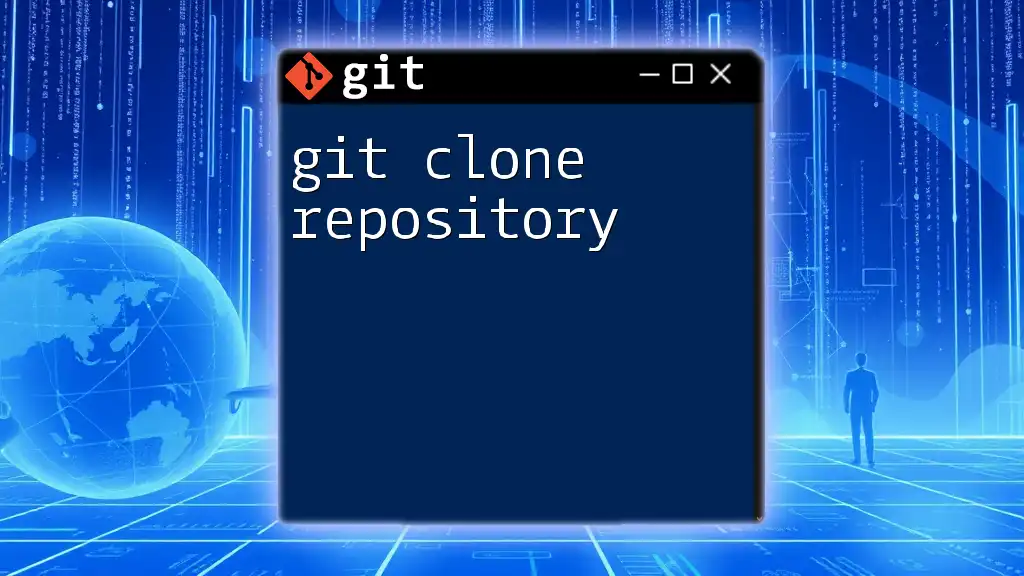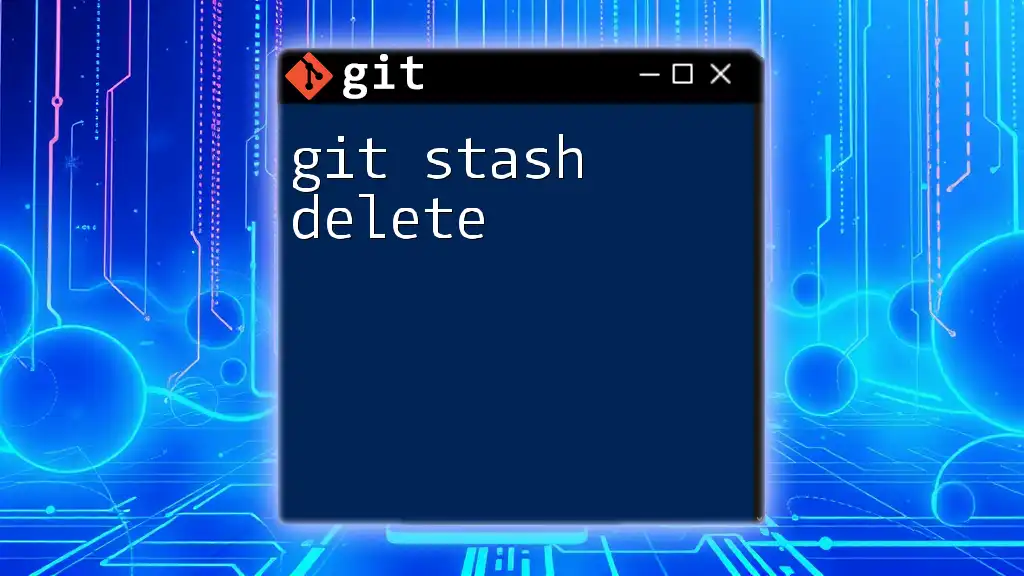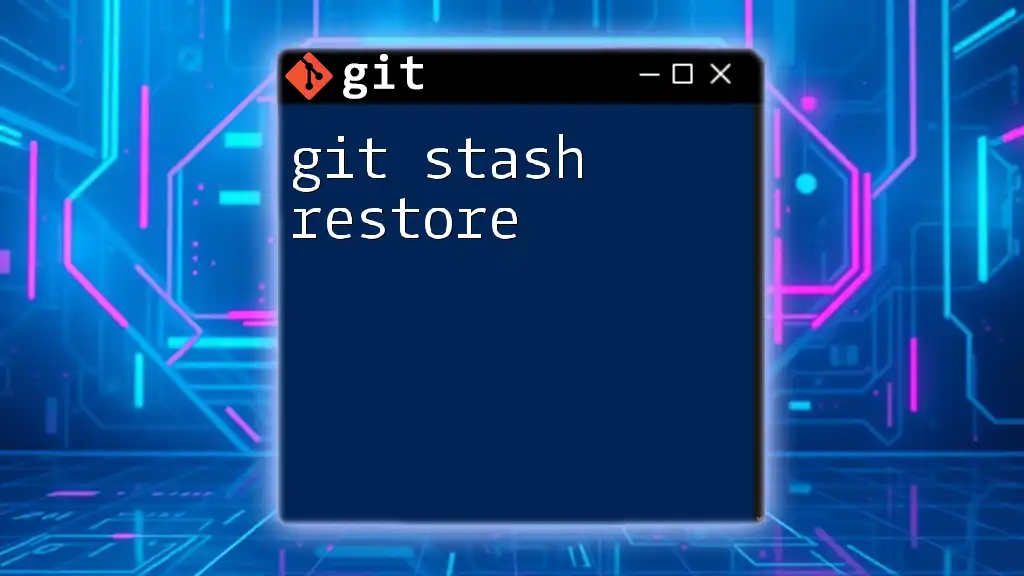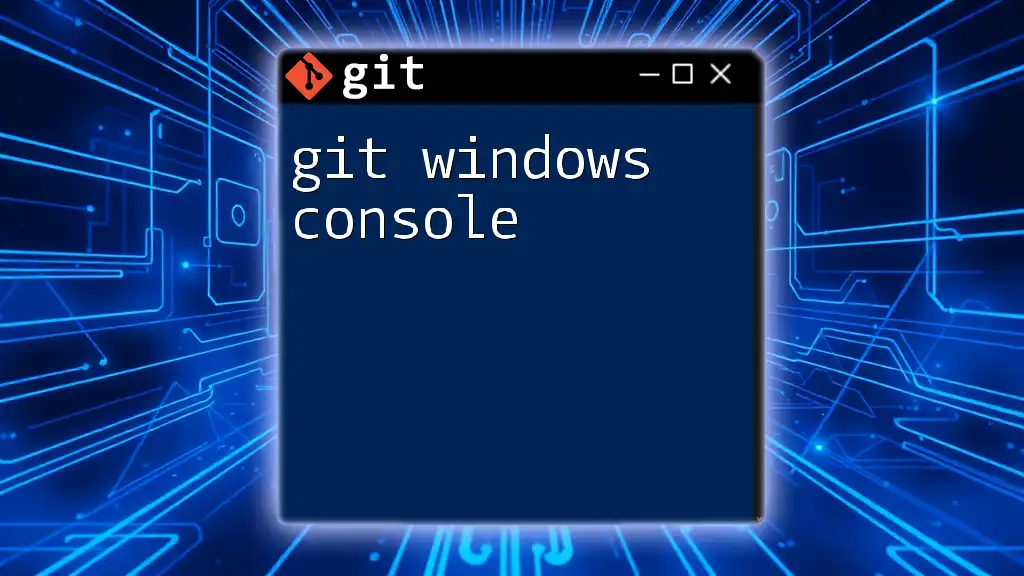To effectively manage your Git repository, you can specify which files to ignore by creating a `.gitignore` file that lists the patterns for files and directories you want Git to exclude from version control.
# Example .gitignore file content
*.log # Ignore all log files
node_modules/ # Ignore the node_modules directory
*.tmp # Ignore all temporary files
Understanding the Purpose of Ignoring Files
What Does Ignoring Files Mean?
In Git, ignoring files refers to the practice of specifying files and directories that you do not want Git to track. This ensures that certain files stay out of your version control system, preventing unnecessary clutter in your repository. Strategically ignoring files can help you maintain a streamlined version history, focusing only on files that matter for collaborative development.
Benefits of Ignoring Files
Ignoring files in Git comes with several key benefits:
-
Reduces Clutter: By filtering out temporary files, build artifacts, or other non-essential files from your commits, your repository becomes cleaner and easier for collaborators to navigate.
-
Saves Time: When team members pull changes, they won't be overwhelmed by updates to files that do not impact the project, which ultimately speeds up development.
-
Protects Sensitive Information: Ignoring files that contain confidential data (like API keys or passwords) helps safeguard sensitive information from being accidentally committed.
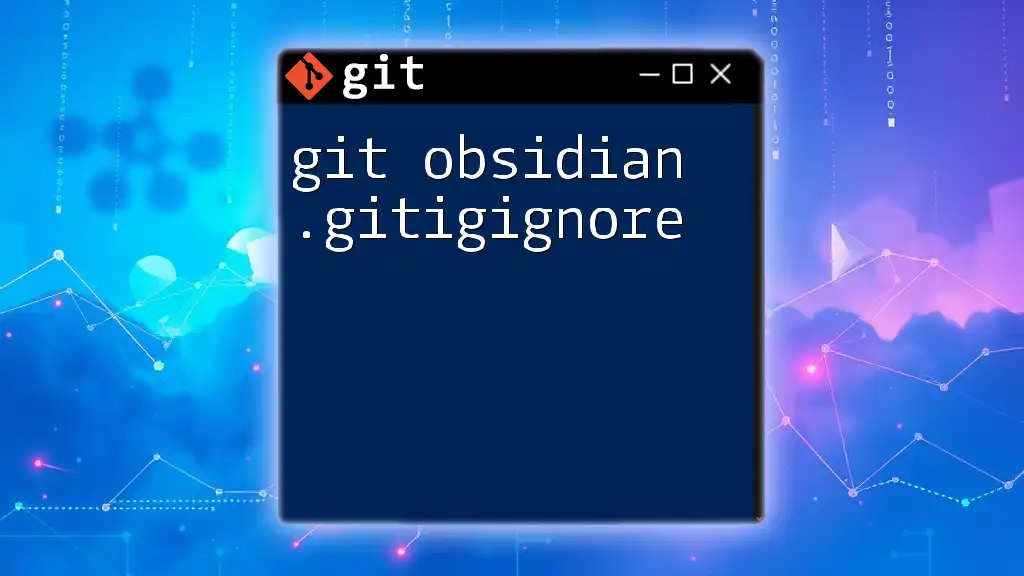
The `.gitignore` File
Understanding `.gitignore`
The `.gitignore` file is a special text file in your Git repository that tells Git which files or directories to ignore. The ability to create tailored rules for ignoring files ensures that your repository remains focused solely on essential project artifacts.
How to Create a `.gitignore` File
Creating a `.gitignore` file in your repository is straightforward. You can do this via the command line:
touch .gitignore
Once created, you can open this file with your favorite text editor and start adding patterns to specify which files or directories to ignore.
Structure of a `.gitignore` File
The format of a `.gitignore` file is simple, yet powerful:
- Use `#` for comments.
- Use `*` as a wildcard to match any character.
- You can ignore entire directories by ending patterns with `/`.
For example, a `.gitignore` file might look like this:
# Ignore node_modules directory
node_modules/
# Ignore log files
*.log
# Ignore system files
.DS_Store
Thumbs.db
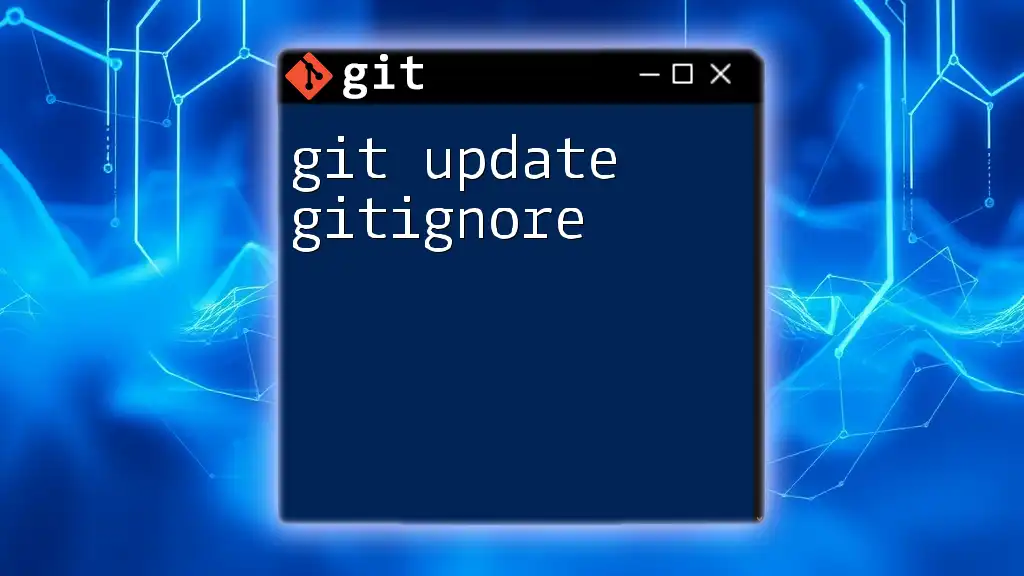
Common Files and Directories to Ignore
By File Type
Here are several common file types that should generally be ignored in most repositories:
-
Build Artifacts: Files such as `.o`, `.class`, or `*.exe` are generated during compilation and do not need to be tracked.
-
Log Files: Temporary log files, indicated by `*.log`, can be ignored as they contain runtime information and debugging data that can be regenerated.
-
System Files: Files created by the operating system, like `.DS_Store` on macOS or `Thumbs.db` on Windows, can clutter repositories and should be excluded.
-
Dependency Directories: Particularly for languages like JavaScript, directories such as `node_modules/` or `vendor/` in PHP projects should be ignored to avoid bloating the repository.
By Directory
Ignoring entire directories can simplify the management of your project. For instance, you can ignore all the dependencies with:
node_modules/
By doing so, you ensure that every pull request remains uncluttered by unnecessary dependencies.
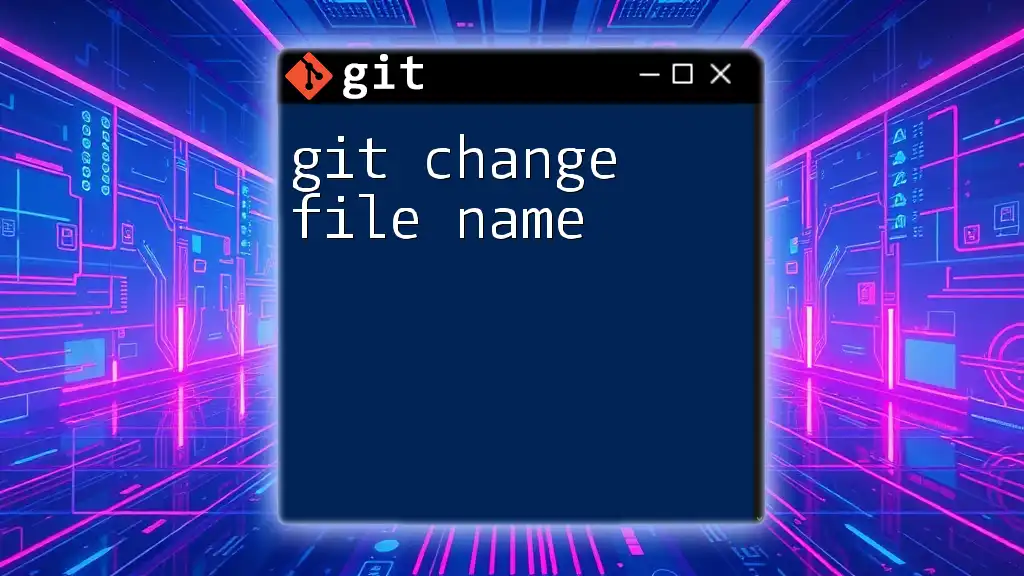
Customizing Your `.gitignore` for Your Project
Project-Specific `.gitignore` Examples
Different projects might require unique ignore rules. Below are some tailored `.gitignore` examples:
-
Node.js Projects: A typical `.gitignore` file might include:
node_modules/ npm-debug.log -
Python Projects: Focus on virtual environments and compiled files:
__pycache__/ *.pyc .env
Using Gitignore.io for `.gitignore` Templates
For a more efficient way to generate `.gitignore` files, you can use Gitignore.io. This service allows you to create a `.gitignore` template based on the programming languages and tools you are using. For example, using the command line, you can fetch a customized file like so:
curl -L -s https://www.toptal.com/developers/gitignore/api/java,node > .gitignore
This command retrieves a predefined set of ignore rules specific to Java and Node.js, which you can further customize as needed.

Best Practices for Ignoring Files
Establishing Team Conventions
Establishing a standard set of files to ignore across your team can greatly enhance collaboration. Everyone should agree on common ignores, ensuring that all team members maintain a consistent approach to file management in version control.
Keeping Your `.gitignore` Up-to-date
As your project evolves, so should your `.gitignore`. It's important to regularly review this file and make adjustments based on new files or directories introduced.
Sensitive Information Prevention
Using `.gitignore` is also crucial in protecting sensitive information. Files that contain API keys, database credentials, or any proprietary information should always be listed in your `.gitignore` file to minimize the risk of accidental exposure.
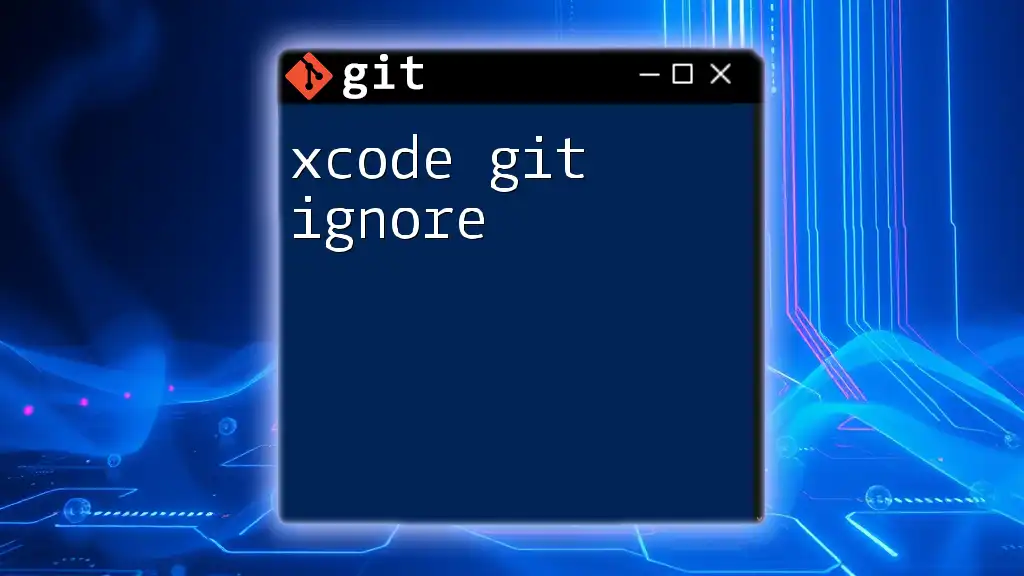
Troubleshooting Common Issues
Files Already Tracked
Sometimes, you may accidentally commit files that should be ignored. If that occurs, you can stop tracking those files without deleting them from your local directory using the following command:
git rm --cached file_to_ignore.txt
This command removes the file from the index, allowing it to be ignored in future commits while retaining it locally.
Validation of Ignored Files
To check which files are currently being ignored, you can run the following command:
git check-ignore -v *
This command provides a detailed output of ignored files, allowing you to verify your configurations and troubleshoot any issues.
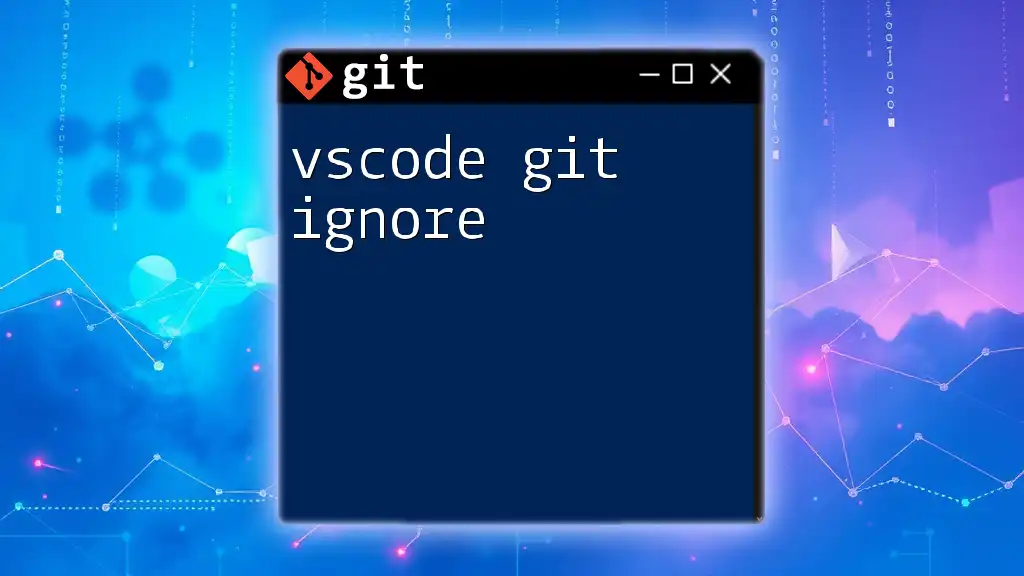
Conclusion
Effectively ignoring the right files in Git is a crucial practice for maintaining a clean and efficient development environment. By customizing your `.gitignore`, you ensure that only relevant files are tracked and that sensitive information remains secure. As you implement these strategies, you will contribute to a streamlined workflow that benefits both you and your collaborators.
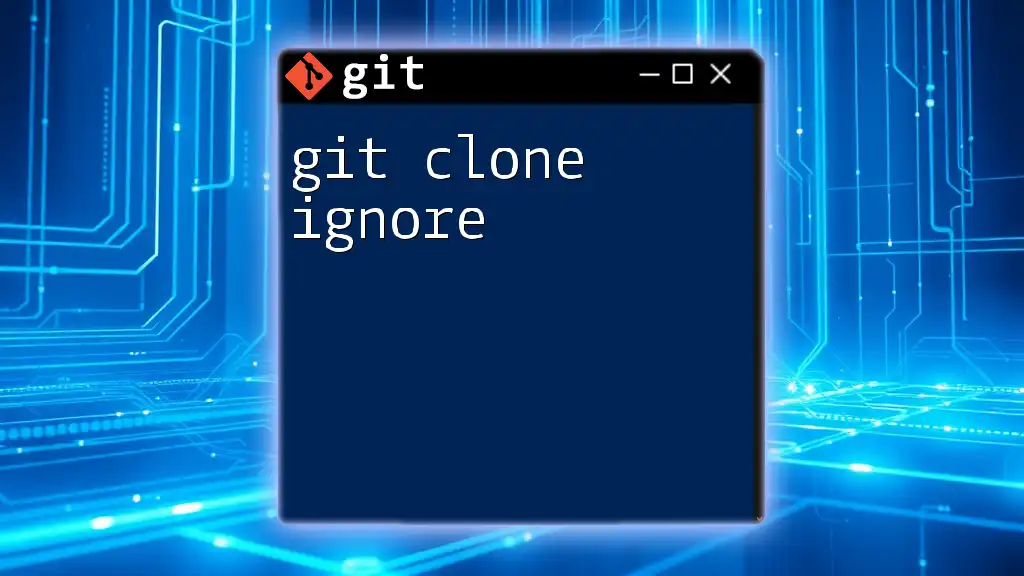
Call to Action
Now that you understand how to ignore files in Git effectively, we encourage you to customize your own `.gitignore` file. Share your experiences and examples, and don’t hesitate to explore additional resources to expand your Git knowledge.








